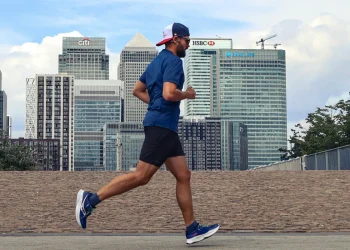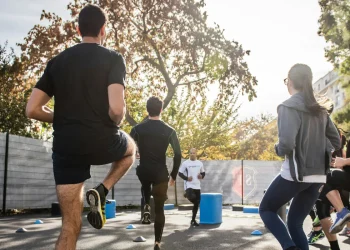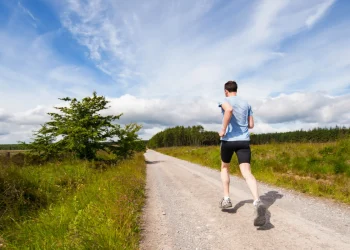Both mileage and "time on feet" are ways to track your training volume - the former tracks distance, while the latter measures the duration you’ve spent running. But ...
Read moreSearch Result for ''
Many recreational marathon runners, especially those who began running later in life (after the age of 20), often lose touch with their true maximum sprinting capability. Their training ...
Read moreTo maintain posture, balance, and efficiency while running, the body needs to generate movements that counter those of the legs. This involves coordinated action from joints above the ...
Read moreWhen you’re facing an intense tempo session, track intervals, or a crucial marathon-pace long run, it’s natural to want fresh legs - unless you’re specifically training under fatigue. ...
Read moreAbout 85% of running-related overuse injuries affect only one side of the body at a time. Understanding what causes these issues is essential for maintaining a long and ...
Read moreWhile there are plenty of ways to reduce the risk of injury, most experienced runners will still encounter a repetitive stress injury at some point. Even a small ...
Read moreWhen getting ready for a marathon, your weekly mileage and the length of your longest run aren’t the only things that matter—but they are among the most important. ...
Read moreDo you consistently feel tightness or pain on just one side of your body - like a sore right calf, stiff left hip, or nagging pain in one ...
Read moreWith the NBA playoffs heating up, let’s briefly change gears to a different sport - just for a few sentences… Basketball IQ refers to a player’s natural sense ...
Read moreMany marathon runners look to build strength during the off-season, especially if they’re aiming to improve after a less-than-satisfying race. They hit the gym and dive into routines ...
Read more









